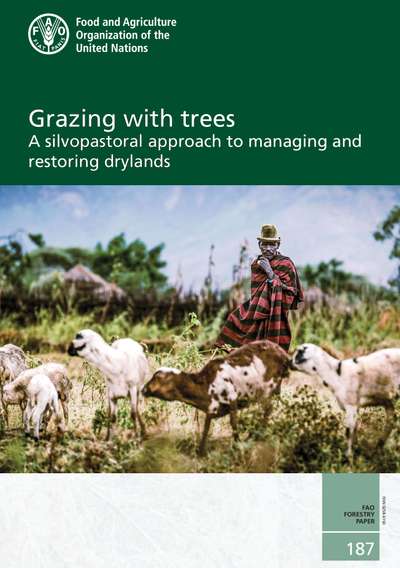
Drylands constitute almost 48 percent of the world’s surface – including presumed dryland areas – and are particularly vulnerable to climate change and climatic risks. Yet at the same time, population growth and global changes mean that an increasing number of people depend upon drylands for their livelihoods. These people are often accused of degrading land, overgrazing and cutting down trees and, as a result, eviction and marginalization are becoming increasingly frequent.
Investing in integrated land-use planning and management, including for dryland forests, is a worthwhile endeavour, and agroecological principles – based on science and traditional knowledge – can both lead to better livelihoods and restore ecological services. Solutions for restoring drylands while also supporting people’s livelihoods come from traditional agroforestry systems that have been used for millennia, frequently combining the extraction of forest products with multispecies livestock production and small-scale agriculture – all of which are powerful livelihood providers.